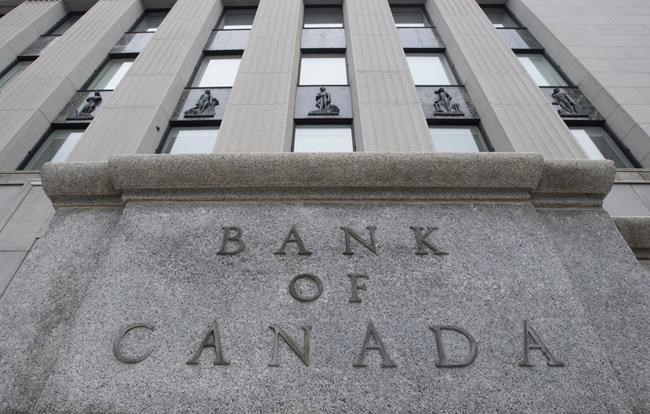The Bank of Canada is gearing up to announce its next move on interest rates this Wednesday, with Bay Street forecasters expecting a 50 basis-point increase to put Canadians with variable rate mortgages on edge and keep some prospective homebuyers on the sidelines.
With variable rate mortgages pegged to the Bank of Canada's decision, "interest rate hikes will begin to bite soon," BMO Capital Markets' senior economist, Robert Kavcic, said in an interview.
The big banks, Canada's main mortgage lenders, already moved their prime rate from 2.45 per cent to 2.70 per cent after the Bank of Canada raised its overnight rate from 0.25 per cent to 0.50 per cent in March.
This sets the stage for further pressure on borrowers come Wednesday.
Based on that 2.70 per cent prime rate and a discount of one per cent – lenders typically offer discounts ranging from 0.60 per cent to one per cent – a homeowner with a variable rate mortgage would have seen their monthly mortgage payment go from 1.45 per cent to 1.70 per cent, explains Leah Zlatkin,mortgage expert with LowestRates.ca.
"On a home priced at $800,000 with a 15 per cent down payment amortized over 25 years with that variable rate in place, it’s an increase of about $85 per month," she said in an interview. Another half-point increase would add around $170 a month on top of that.
Homeowners due to renew their five-year fixed rate mortgage will likely be digging deeper into their wallets soon as well, Zlatkin says.Fixed rates, tied to bonds rather than directly to central bank rates, have been on the rise as short-term bond yields increase.
As for Canadians who have spent the pandemic saving money to pay for a down payment on a home, that money may not stretch as far in a rising interest rate environment, she adds.
Although taming inflation is one of the Bank of Canada’s primary goals, higher interest rates could have a bit of a cooling effect on Canada’s hot housing market overall, something BMO's Kavcic says he's already starting to see.
The last time the central bank notched the overnight rate by half a percentage point all in one sitting was in May 2000, when the nominal neutral rate, the level of interest that allows full productivity and keeps inflation on target, was around 5 per cent. Today, the Bank of Canada estimates the nominal neutral rate to be between 1.75 per cent and 2.75 per cent.
"A 50 (basis point) hike will do a lot more to cool the economy down today than it did back then," said Desjardins' head of macro strategy, Royce Mendes, in a note.
Mendes also says that the Bank of Canada will likely slow the pace of its monetary policy tightening after April and expects "further rate hikes to come in measured steps."
"That would leave the overnight rate at 2.00 per cent at the end of the year," he said.
Meanwhile, TD’s chief Canada strategist, Andrew Kelvin, expects the central bank to lift the overnight rate to 2.50 per cent by the end of the year.
Last Thursday, the federal Liberals unveiled approximately $60 billion in new spending in their 2022 budget, including measures aimed at improving affordability and bringing down the cost of living.
Some economists see the additional government stimulus contributing to the ongoing inflation issues as the Bank of Canada actively tries get those issues under control. On the flipside, other economists don’t see the spending and new programs announced in the budget materially changing the path for the central bank.
This report by The Canadian Press was first published April 12, 2022.
Adena Ali, The Canadian Press



